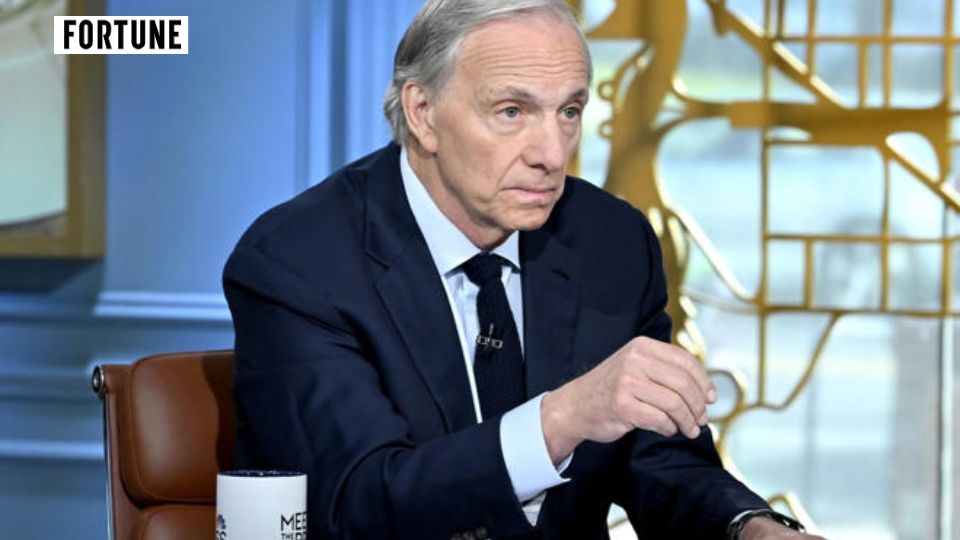
While Bitcoin is often compared to gold, crucial differences in their value structures and ownership transparency mean the cryptocurrency carries the same kinds of risks seen in mortgage-backed securities during the 2008 financial crisis, and history may now be repeating itself, according to two academic researchers.
“Bitcoin is now priced at almost a hundred thousand dollars with a total market of almost two trillion dollars,” wrote Wharton’s Rahul Kapoor and Lehigh University’s Natalya Vinokurova. “A common argument promoting investment in Bitcoin compares it to gold — a time-tested store of value and a safe haven for generating significant investment returns.”
“How credible is that analogy, and more importantly, what is the risk that comes with it?”
The authors state that they are well-positioned to answer this question. “One of us has studied the development and adoption of technological innovations for more than two decades; the other has researched the connection between innovation, analogies, and financial crises,” they said.
They begin by characterizing the origins of the great financial crisis of 2008. “Investors accepted the analogy of mortgage-backed securities (MBS) to bonds,” they wrote. “MBS are a class of investments that entitle the investor to a fraction of cash flows of a portfolio of mortgages in the securities’ collateral. While MBS carried risks that were quite different from bonds (such as the systemic risk of a house price correction across the economy), they were rated by the same credit rating agencies as bonds.”
As a result, even more conservative and cautious investors like pension funds were convinced that MBS were as safe as more traditional, highly rated securities. “However, the analogy masked several aspects of the financial system: leverage in the system, lack of transparency about which investors owned what, the absence of a unified regulatory framework, and inadequate risk management tools,” they said. “Combined, these factors turned MBS into the opposite of safe assets both for the investors holding them and the society at large.”
“Analogies are powerful mechanisms to help people and organizations make sense of a new idea or innovation,” the authors state. “However, they almost always carry the risk of masking features that could be fundamentally important in the role that the innovation plays with respect to its intended use, resulting in unintended negative consequences, such as the financial crisis of 2008.”
One such analogy is that of Bitcoin being a form of ‘digital gold.’
“Bitcoin, launched in 2009, has been increasingly referred to as digital gold, emphasizing its modern digital nature as a store of value, with limited supply that is decentralized (not controlled by central banks) and operating on blockchain technology architecture,” Kapoor and Vinokurova wrote. “Accordingly, it has been pitched as a vehicle for investors enthusiastic about technology and seeking long-term financial gains that provide a hedge against inflation and are immune to economic cycles.”
The authors point out that investors and institutions “are increasingly explaining their decision to invest in Bitcoin and Bitcoin Exchange-Traded Funds (ETFs) in terms of it being the new digital gold.”
“For example, the BlackRock chief executive, Larry Fink, was previously a Bitcoin critic, and in July 2024 he said he had been ‘wrong’ about Bitcoin and now believes Bitcoin is ‘digital gold’ and a ‘legitimate’ financial instrument,” they note. “State Street forecasts that cryptocurrency ETFs will surpass precious metal ETFs in North American assets by the end of 2025, becoming the third-largest asset class in the $15 trillion ETF industry.”
But, the similarities between Bitcoin and gold “mask some important differences concerning the structure of value and the nature of ownership” between the two assets.
“Unlike Bitcoin, gold has physical properties as a precious metal that are attractive for many applications, including jewelry, electronics, and medicine,” they said. “In fact, it is estimated that more than half of the global gold reserve is used in such applications, with the rest held by central banks or private investors.”
The quality and purity of gold can also be determined through simple tests. “Accordingly, the structure of value for gold is much more tangible and transparent than that of Bitcoin,” they wrote. “While gold has a history of holding its value in times of societal cataclysms such as wars, it is not clear that Bitcoin could survive a major power grid failure.”
The authors said that the “lack of transparency in the value structure of Bitcoin has led to speculative trading” among people who lack the necessary expertise to critically evaluate its true value or long-term return prospects.
They note that while the blockchain “provides a public database of Bitcoin ownership and transactions, there is limited information about who actually owns and controls the tokens. “This dearth of public and common knowledge about who owns Bitcoin is eerily reminiscent of the aftermath of the MBS crisis in which major financial institutions discovered — to their surprise — that they held the risk that they believed they had passed on to other players,” they said.
“Today, pension funds from Wisconsin, Michigan, the UK, and Australia have begun investing in Bitcoin, primarily through regulated U.S. ETFs,” they said. “This move is driven by Bitcoin’s substantial value increase and a pro-crypto U.S. administration. This is a pattern that is quite similar to pension funds investing in MBS without fully understanding the risks.”
Kapoor and Vinokurova refer to the commonly held belief “that a large majority of Bitcoins are owned by individual investors who own a small fraction of a single Bitcoin.”
“This fragmentation and lack of transparency of ownership of a speculative asset presents systemic risk,” they wrote. “The opaque structure of value, the absence of a unified regulatory framework, and the willingness of major financial institutions to sell these arcane products to less sophisticated investors suggest that Bitcoin has more similarities with MBS than it has with gold.”
“A critical ingredient of the 2008 mortgage crisis was the willingness of leaders of major financial institutions to go along with leveraged trading in securities that they did not understand due to the fear of missing out (FOMO) on the next big thing,” they added. “These are exactly the patterns we are seeing in Bitcoin trading today.”
The authors warn that the “striking parallels between Bitcoin and MBS suggest that history may be repeating itself,” and the damage from Bitcoin’s comparison to gold “might be even more severe than the analogy of MBS to bonds,” because while the majority of mortgage-backed securities “were backed by real assets — mortgages on real houses — Bitcoin is not backed by any real assets.”
“If you are not in the business of speculation, steering clear of investing in Bitcoin — or for that matter any cryptocurrency — may be the best way to avoid the fallout from another misguided analogy,” they concluded.
Gold prices have bounced around within a fairly broad range of $3,013.32 and $3,032.16 on Wednesday. Spot gold last traded at $3,019.62 and is virtually flat on the session at the time of writing.

Bitcoin saw a run-up to $88,300 in overnight trading, but has sold off sharply since the start of the North American trading session, last trading at $86,573.38 for a loss of 0.97% on the daily chart

Story by Ernest Hoffman, Kitco



